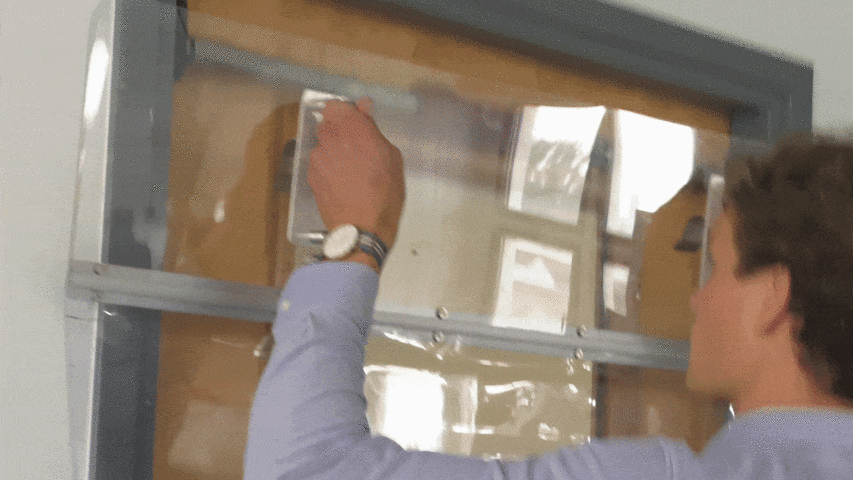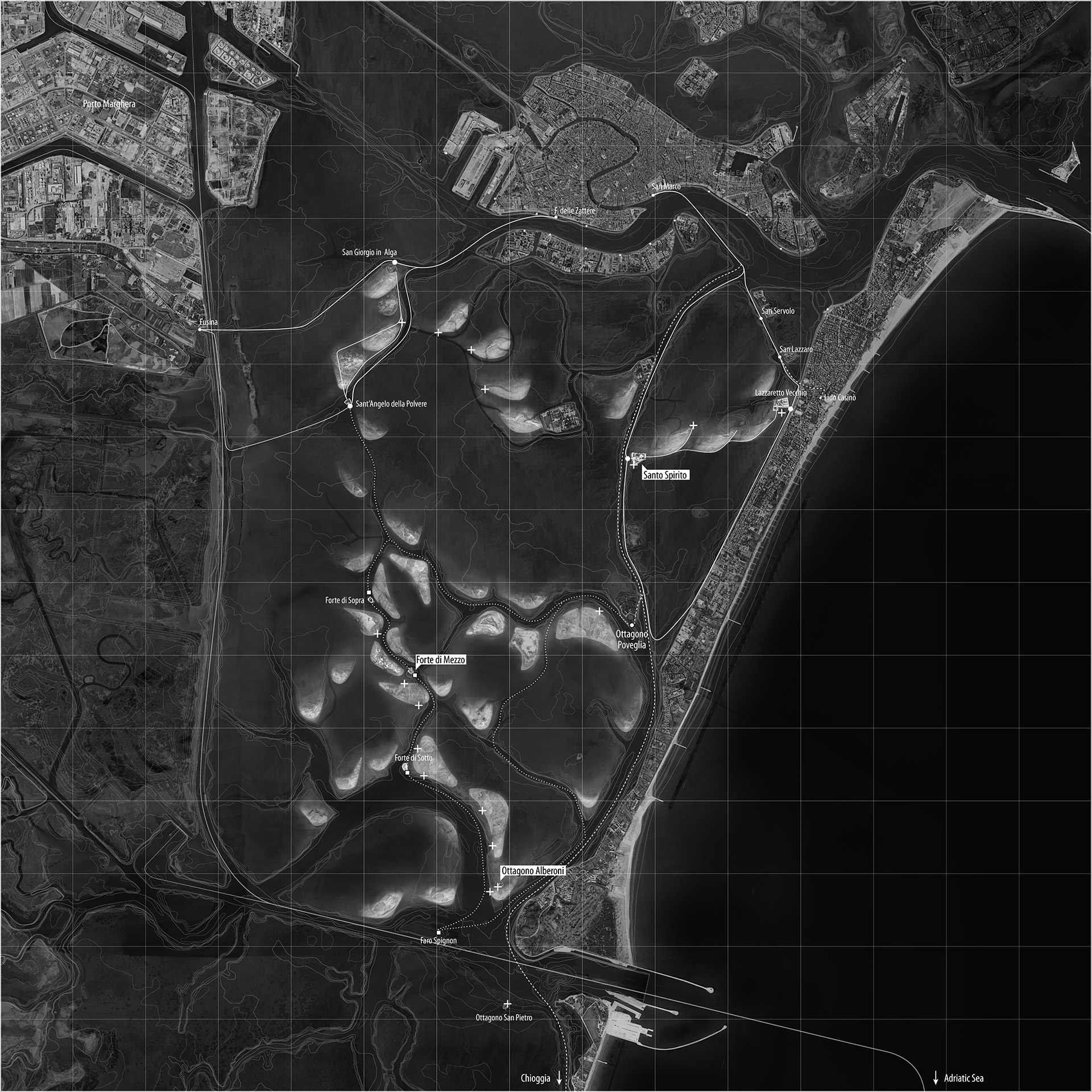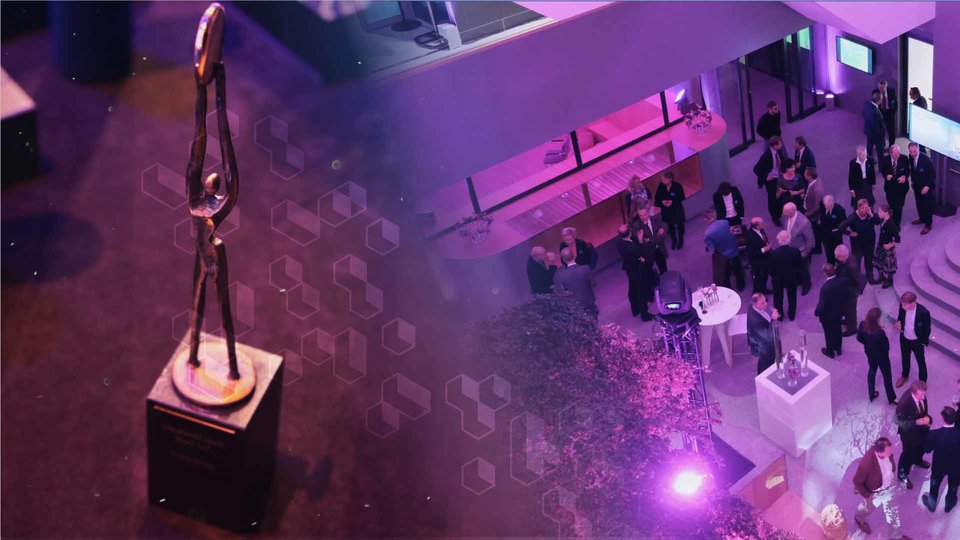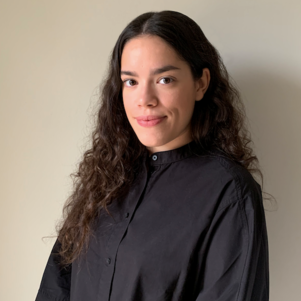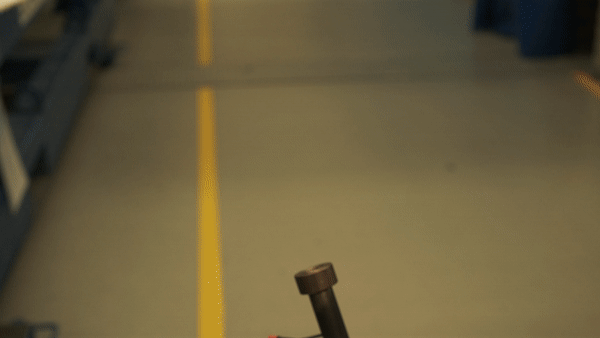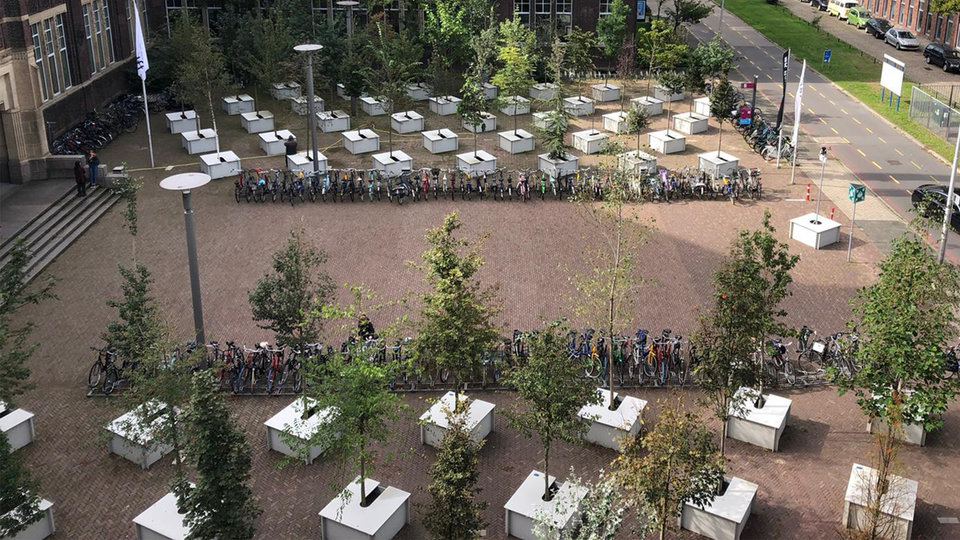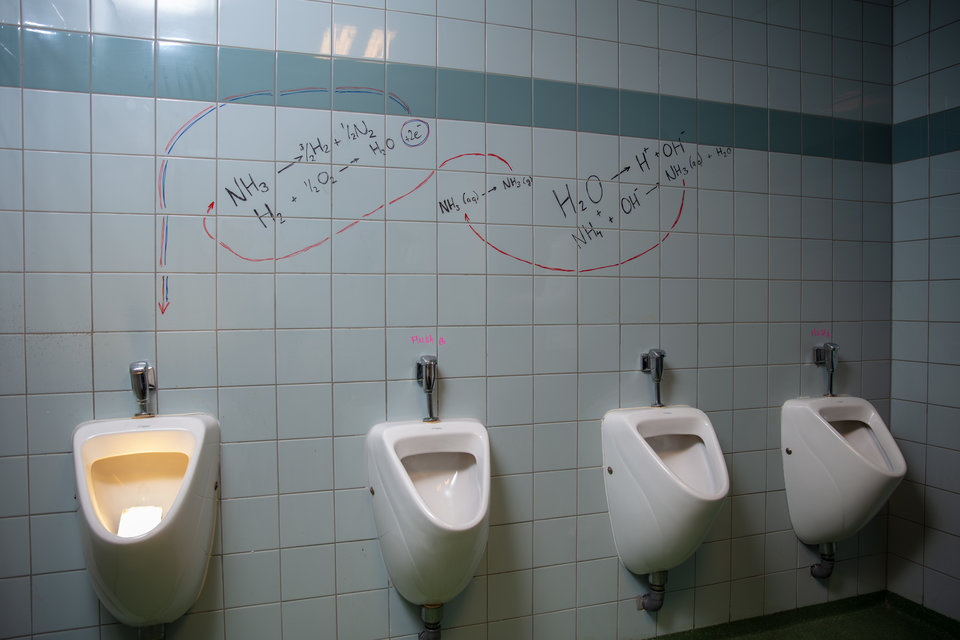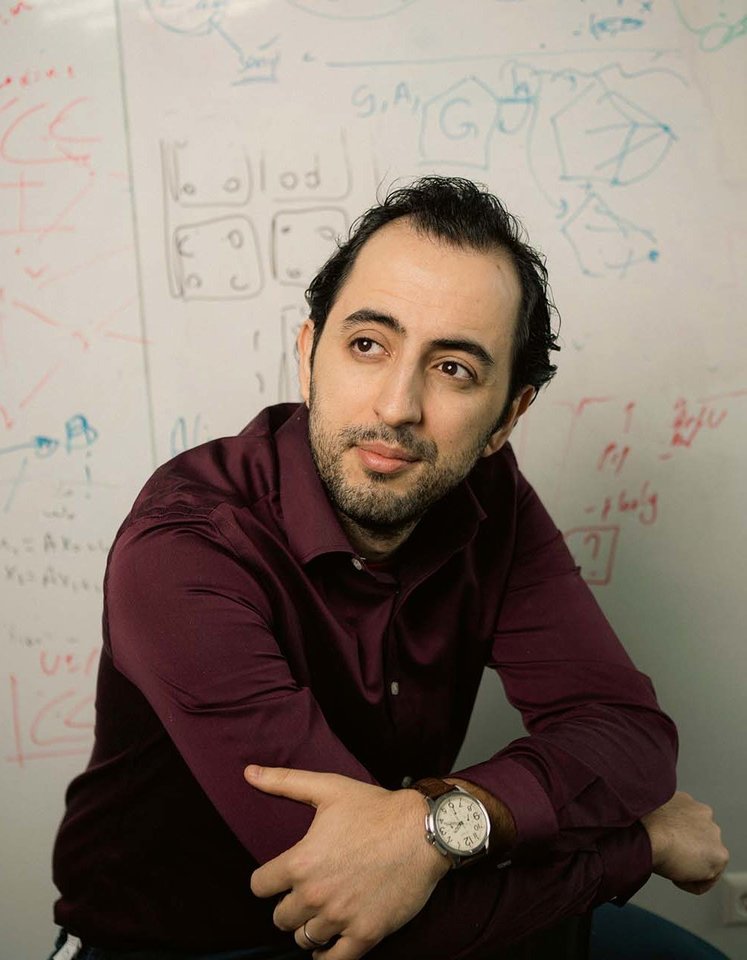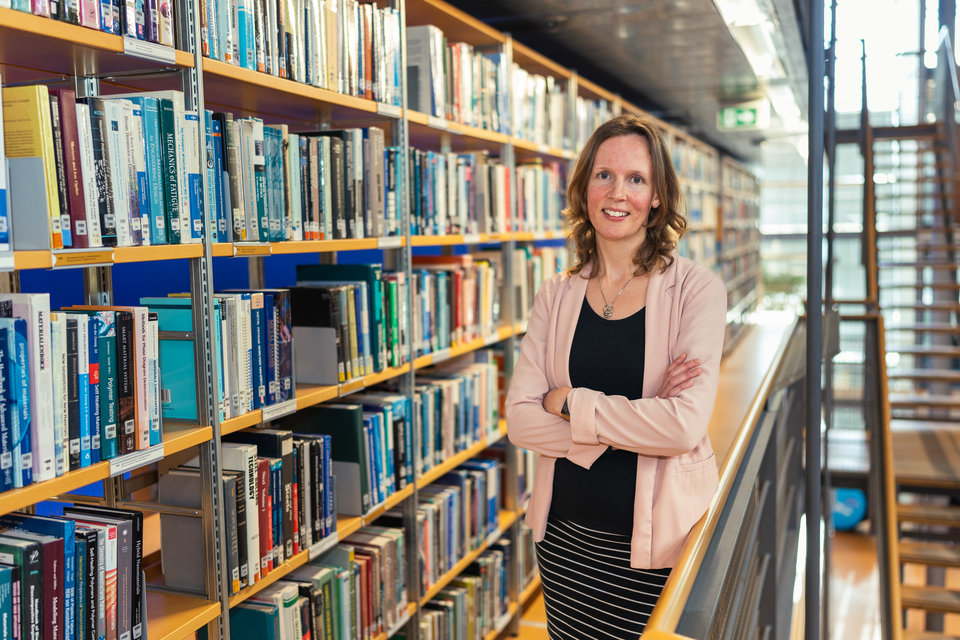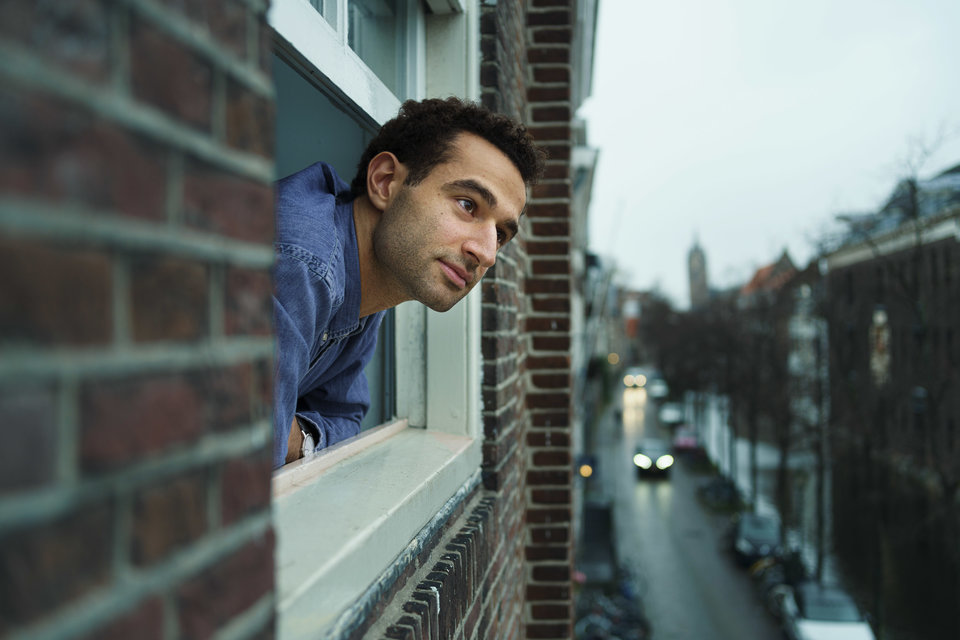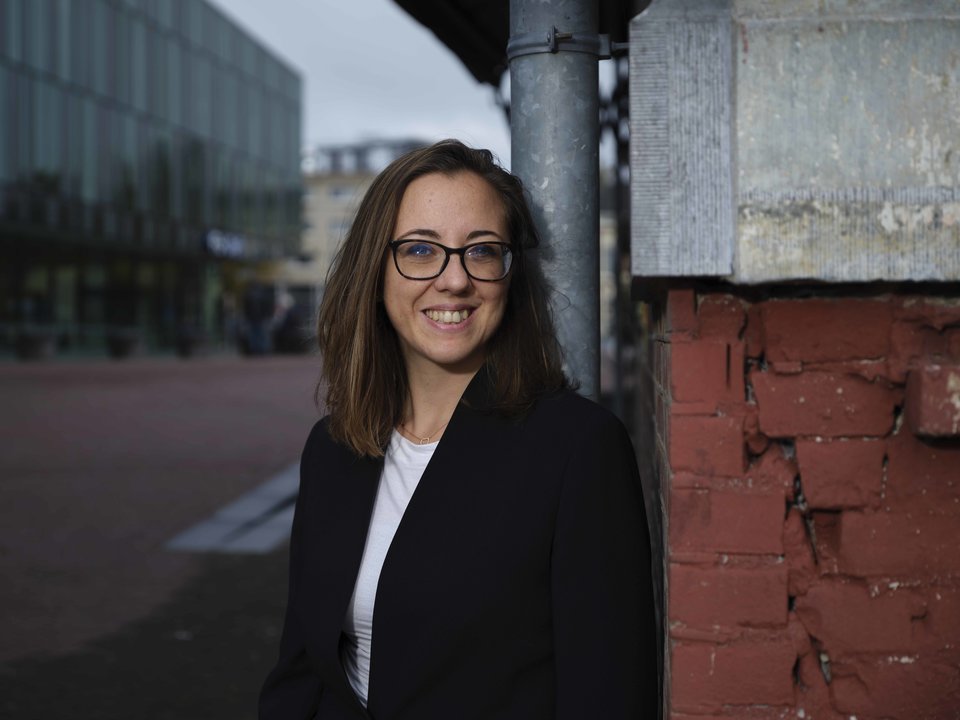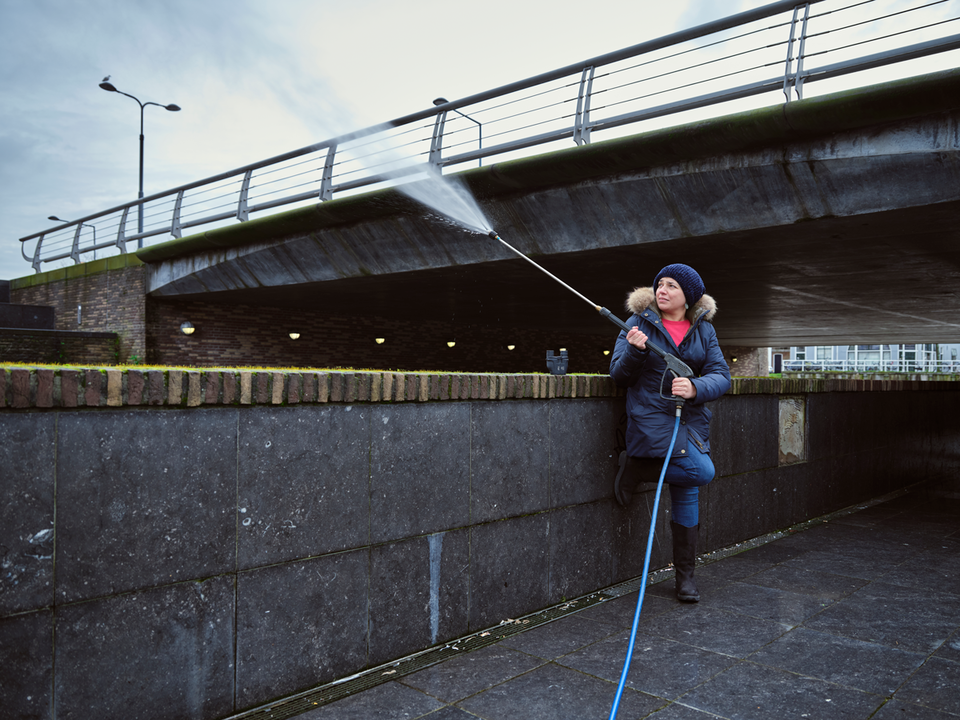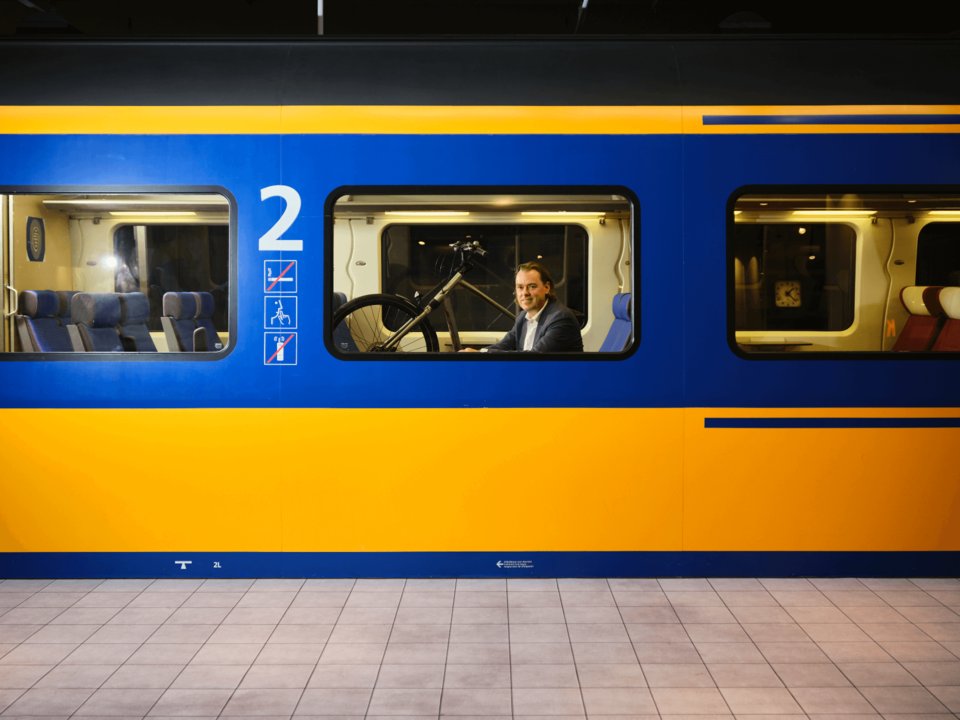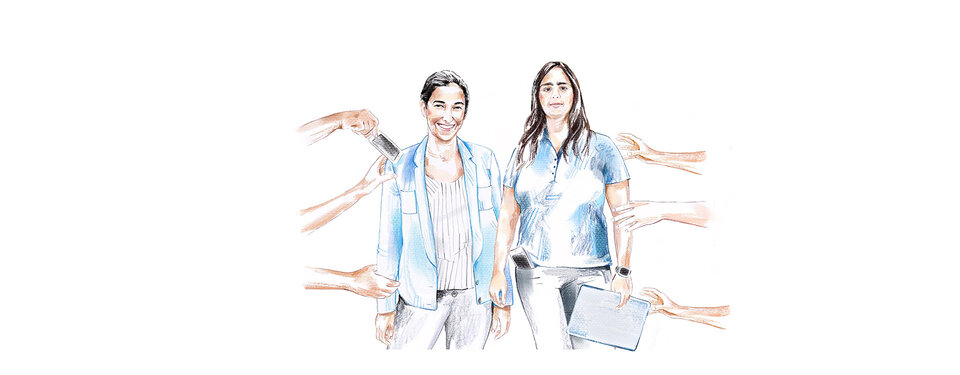If the Venetian Lagoon could talk, it would want a conversation with Amina Chouairi. She decided to listen anyway. For her Master’s thesis ‘The Operating Venetian Lagoon: The Agency of Barene’, Amina dove into the Venetian tides. Amina recently graduated from the Faculty of Architecture and the Built Environment with this Master’s thesis which earned her a nomination for Best Graduate TU Delft 2020 and a place in the Archiprix pre-selection.
She chose a research-by-design approach. Based on her research, she came up with a design proposal to create a flood defense naturally, but also to create the right (barene) habitat for the much needed recovery of ecosystems. Her story about these lagoons goes way back further than last year.
Amina: “[…] I had the desire to solidly stitch together the complex identity of Venice and its precious lagoon. The huge amount of research I carried out, together with the awareness and my personal experience contributed to the production of my Master’s thesis in Landscape Architecture.”In her research Amina tried to invest in an alternative form of slow tourism and to enrich the local economic vibrancy. But her main aim of this project was to enhance the cultural image of the Venice lagoon: a unique landscape with its horizontal and unending water surface.
Delicate environment
Amina: “Moving landscapes such as lagoons are among the most impacted and delicate environments, threatened by the combined effects of climate change and human action. I have always been fascinated by lagoons and riverine landscapes, especially the ones along the coast of the Venetian region, in northeastern Italy. It was there, between the coastal lagoons of Caorle and Bibione, that I spent most of my childhood vacations.”
A melancholy attraction
“As a child, I often visited these places, mainly in summer. That is how I came into contact with the element of water. However, it was not at all inviting; it was shallow and turbid. I can only remember that I was jealous of my classmates’ holiday pictures with crystal-clear waters. In those Venetian lagoons, currents and tides were almost non-existent. There were different water temperatures: warm above and cold below. Once, as all children do, I drank the water of one of these lagoons by accident and I still remember the sense of amazement in my mouth. It was not completely salty, but brackish, sweet, and salty at the same time.
Today, I can truly state that the lagoons of Caorle and Bibione were not only the settings, the banal backgrounds, of my childhood fairy adventures; they were the first natural landscapes with which I established a direct and intimate connection without an immediate adult mediation. They acted as my primary stimulators and promotors. As time passed, I developed a melancholy attraction for that unknown and undiscovered city and its lagoons.”
Working towards ‘The Operating Venetian Lagoon: The Agency of Barene’
In her Master’s thesis, Amina tackles the hydromorphological sufferance of the Venice Lagoon, the state of neglect of the islands, and the over-engineered flood defence as crucial issues. Her research clearly shows that the role of the entire Venice Lagoon needs to be redefined in the future. From a passive and exhausted landscape to an active landscape capable of supporting the surrounding environment.
For Amina, the main starting point was to reinforce this "barene" (barren) landscape, with its brackish marshes, becausethis is fundamental to the hydromorphological and ecological survival of the lagoon.
“I proposed reframing how we look at the Venetian Lagoon. A timid change in paradigm: no longer just water that sometimes invades and deteriorates the precious marbles, stones, and mosaics on land, but a complex system made of permanence (islands, traditions, activities, etc.) and fluxes (water, matter, and sand, people, etc.).”
These brackish marshes are able to withstand tides and the influence of wind. They can also promote the exchange of water and function as an expansion vessel. But since the beginning of the 20th century, 70% of the brackish marsh’s surface has been lost due to anthropic interventions. The aim of Amina’s Master’s research is to use the effect of 'barene' and thus mitigate the impact of anthropic and natural threats. This provides a natural flood defense and restores currents, recover hydromorphological sufferance, but also supports the cultural, ecological and productive heritage, making the Venice Lagoon to function as a sustainable landscape infrastructure.
Amina: “Design principles consists of two elements: building and design with nature, for example flexible integration of land-in-sea and water-in-land in complex ecosystems, and landscape resilience, for example the ability of a landscape to sustain desired ecological functions, robust native biodiversity. I hope I have proved that is it fundamental that we address the holistic necessity of landscape architecture design, integrating different disciplines.
Undoubtedly, culture and society, ecology and biodiversity, technology, and engineering all play a pivotal role in Landscape Architecture. The crucial challenge (and the greatest incentive) experienced in this field is the continuous intertwining of both technology and aesthetics and of functions and experiences. Both clamour to be considered in the research stage and involved actively in the design process. They imply an endless possibility of investigations.”
Hunger for knowledge and challenges
“The major challenge I went through during this past year of research was the – sometimes irrational – excitement, and hunger for knowledge and discovery. This incredible rush has been pushing me since the very beginning. Sometimes its irrational spirit made me detach and lose sight of the final objective.
The huge amount of research, awareness, and personal experience came to fruition in my Master’s thesis. From the hidden and romantic passion for a place of my childhood to the relevance of the Venetian Lagoon landscape. From the city of Venice within Italian art to the cultural and naturalistic panorama. Also, the emergency that this territory is currently experiencing and the necessity for a landscape design integrating holistic forms. And finally, the desire to solidly stitch together the complex identity of Venice and its precious lagoon.”
Room with a view
In contrast with her research that mainly took place outside, the current circumstances forced Amina to complete her graduation mainly indoors. “I am proud of having graduated from my room, especially considering the special relationship I have with this space surrounding Venice, which is then far away. Exactly there where the entire thesis was conceived, thought and rethought, discussed, and developed. But it worked. At the same time, I am proud of all the external parallel events and recognitions that came right after the graduation: a conference participation and a paper publication. A scholarship attribution and a collaboration with a contemporary art collective in Venice. And with the Archiprix pre-selection and the nomination for Best Graduate of BK, I could not have imagined a better success.”
An unfinished story
“At the moment, I still see my research on the Venetian Lagoon and its functioning and role as partially unfinished. Especially considering the increased interest in my research. Therefore, I would like to develop a more realistic and solid contribution to this phenomenon. I hope to proceed towards establishing a closer connection with the territory itself and with those who are already present in it, for both researchers and potential stakeholders. Nevertheless, I am aware that tomorrow everything could change.”

